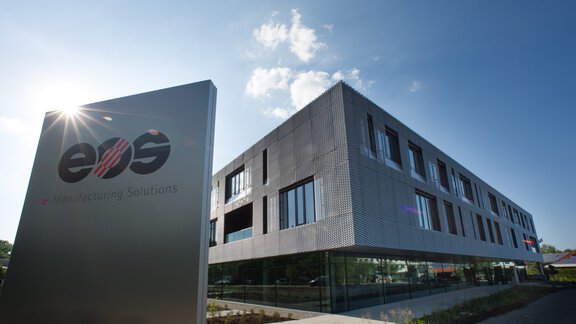America Makes: Driving adoption of additive manufacturing
America Makes was founded in 2012 as a public-private partnership that brings together industry, academia and government to accelerate innovation, provide technical resources and foster collaboration in additive manufacturing (AM).
Their key driver is to remove any barriers that may currently prevent additive manufacturing from being adopted by manufacturers and consumers. They have a structured process to collect information on what the membership needs, whether it's the aerospace, automotive or any other industry and translate those needs into concrete solutions.
Part of this is about providing resources to learn about new technologies and applications, but it’s also about connecting them with the manufacturing industry as a whole to help them bring their ideas to life.
Approaches for advancing additive manufacturing
In the past, additive manufacturing was primarily viewed as a niche technology for rapid prototyping and low-volume production. However, with advancements in machines and materials, 3D printing has evolved to become a crucial part of the manufacturing mainstream. Despite this, many people are still unaware of the technology and its potential applications.
To address this issue, John Wilczynski emphasizes the importance of creating awareness about additive manufacturing and its benefits. Rather than seeing it as a replacement for traditional manufacturing, 3D printing should be viewed as a complementary technology. Very few manufacturing processes are standalone, and the future of manufacturing lies in finding ways to leverage different technologies and processes to create innovative and cost-effective solutions.
Additionally, a continuous learning approach is crucial to stay ahead of the curve and adapting to new technologies and trends. Wilczynski notes that AM is still an emerging technology, and companies need to stay informed to leverage its full potential. This approach includes showcasing successful case studies that highlight the benefits of 3D printing and provide insights into its potential applications.
Challenges of distributing benefits to traditional manufacturers
Additive manufacturing is now at a mature level where decision-makers can understand its potential as a solution to some of their challenges. However, the benefits of additive manufacturing are not yet distributed evenly across all industries and geographic areas. To overcome this challenge, there needs to be a focus on creating awareness about the technology and showcasing successful case studies to demonstrate its potential.
The challenge is not only to get decision-makers to understand the potential of additive manufacturing, but also to open up mindsets and allow new technologies to drive innovation. As the future is now, there is a need to distribute the benefits of additive manufacturing to the right people in the right industries. This requires a scalable approach to knowledge-sharing and education.
Calculating demand for additive manufacturing
Even though additive manufacturing is a proven solution for localized manufacturing, calculating the demand signal continues to be challenging, according to Wilczynski. This is partly because many companies are still exploring AM's capabilities and limitations.
The promising future of additive manufacturing
Additive manufacturing has made significant strides in recent years across many industries. As production scales up and the technology becomes more widely adopted, it’s likely that additive manufacturing will become an increasingly prevalent solution for many companies.
As a result, decision-makers will have more information, experience and data to justify their investments in additive manufacturing. the technology is still in its infancy, but it’s poised to have a significant impact on businesses and the global economy in the years ahead.
Listen to Additive Snack now
Learn more about the processes, challenges and opportunities to scale additive manufacturing on the latest episode of Additive Snack, Scaling Additive Manufacturing — Special IMTS Edition with John Wilczynski.


